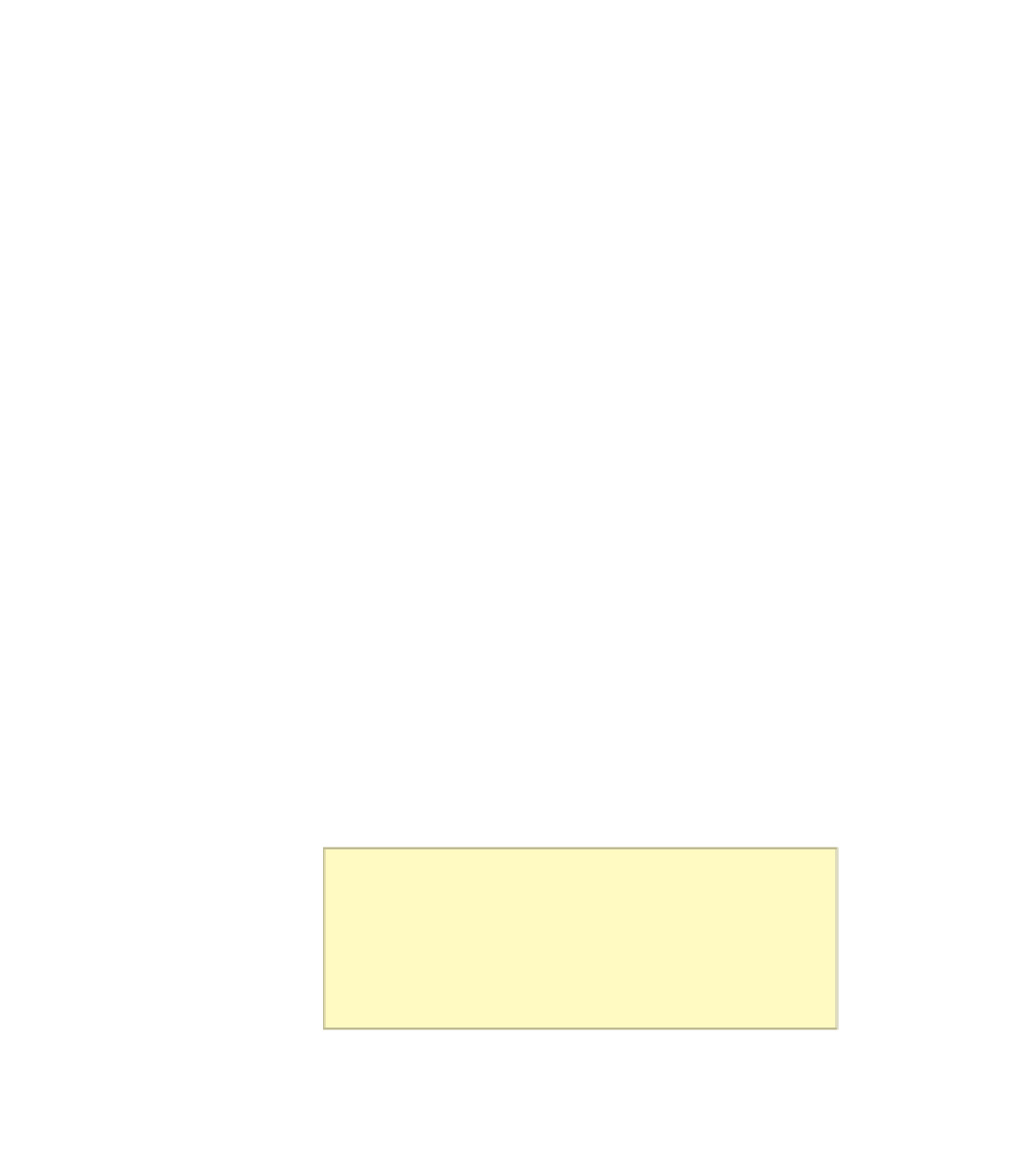Java Reference
In-Depth Information
The
Object
Class
In Java, all classes are derived ultimately from the
Object
class. If a class defi-
nition doesn't use the
extends
clause to derive itself explicitly from another
class, then that class is automatically derived from the
Object
class by default.
Therefore, the following two class definitions are equivalent:
class
Thing
{
// whatever
}
and
class
Thing
extends
Object
{
// whatever
}
Because all classes are derived from
Object
, all public methods of
Object
are inherited by every Java class. They can be invoked through
any object created in any Java program. The
Object
class is defined in
the
java.lang
package of the Java standard class library. Figure 9.5
lists some of the methods of the
Object
class.
KEY CONCEPT
All Java classes are derived, directly
or indirectly, from the
Object
class.
As it turns out, we've been using
Object
methods quite often in our exam-
ples. The
toString
method, for instance, is defined in the
Object
class, so the
toString
method can be called on any object. As we've seen several times, when
a
println
method is called with an object parameter,
toString
is
called to determine what to print.
Therefore, when we define a
toString
method in a class, we are
actually overriding an inherited definition. The definition for
toString
that is provided by the
Object
class returns a string containing the
KEY CONCEPT
The
toString
and
equals
methods
are inherited by every class in every
Java program.
boolean
equals (Object obj)
Returns true if this object is an alias of the specified object.
String toString ()
Returns a string representation of this object.
Object clone ()
Creates and returns a copy of this object.
FIGURE 9.5
Some methods of the
Object
class



Search WWH ::

Custom Search